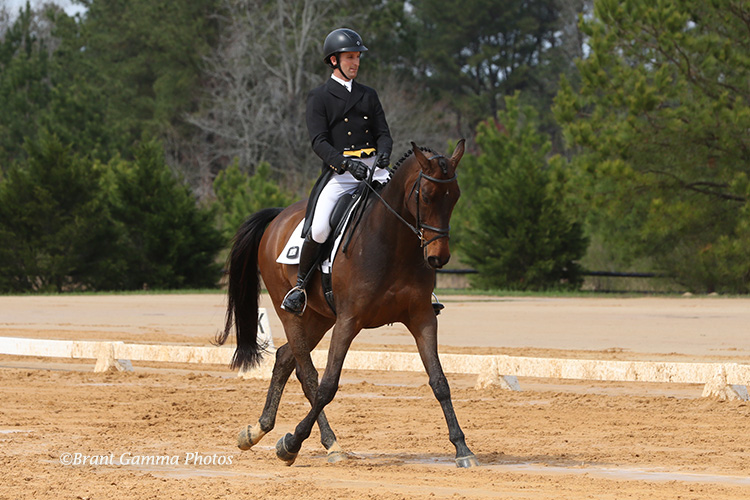As riders, we have a responsibility to both ourselves and our horses to ensure that we’re ticking the necessary boxes on our way up the levels. Even if you aren’t a statistician, it’s easy to keep track of your own competition records and make observations based on the results of each show.
Safety continues to be an important topic of conversation as we work to make our sport safer for all participants. In light of this ongoing conversation, EquiRatings is rolling out five metrics that each rider can track themselves in order to create a bigger picture of their competition suitability. The first metric EquiRatings recommends tracking is called the 6 Run Average.
What is a 6 Run Average?
Dressage is the founding cornerstone of quality riding, so building your skill set in this phase will always pay off in the jumping phases. EquiRatings first introduced the 6 Run Average in 2019 as a measurement for the dressage phase of competition.
The 6RA is calculated using the horse’s last six dressage scores with the same rider. For example’s sake, EquiRatings calculated the top 6RA from international competition in 2019. One U.S. pair, Andrew McConnon and Bossinova, earned a spot on the list with a 6RA of 23.5.
How do I calculate my own 6 Run Average?
The 6RA is a simple calculation. All you need is your last six dressage scores, averaged together. If you’re feeling more visual, you can also use EquiRatings’ slider to calculate your own 6RA here.
How do I use my 6 Run Average?
EquiRatings determined that six runs was a number that would give riders the most objective look at recent results. Statistics show that a horse improves its dressage scores with more experience, so averaging too many rides may give a skewed 6RA.
By calculating your horse’s 6RA, you can have a better idea of competence and areas for improvement. We all know that scores can fluctuate depending on many variables, so having this average helps us look up at the big picture rather than getting tunnel vision on one really great or one less than great score.
SIMPLE METRICS – 1 of 5 – the 6RAAs promised, Sam Watson Eventing explains the first tool in our simple metrics set – the 6RA. Watch for the other four DIY metrics each day this week and check out our post from earlier today to learn a bit more about the 6RA.
Posted by EquiRatings on Monday, March 9, 2020
We’ll be collecting the rest of the EquiRatings “Metrics That Matter” as they’re released, so stay tuned for much more and be sure to follow @equiratings for the latest numbers and statistics that are important for our sport.






















